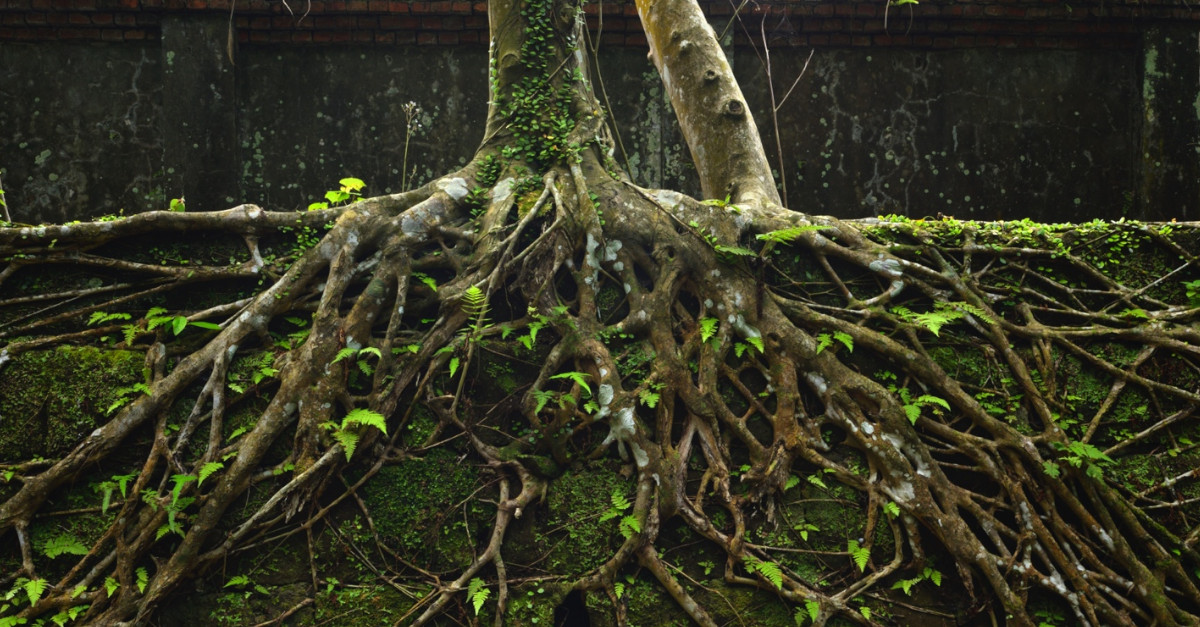Timber! Scary Signs Your Tree Needs to be Removed
Trees make a lovely addition to any landscape. Whether small and shapely, decorating a pathway or bed, or tall and sweeping to provide summer shade, trees are an age-old addition to gardens worldwide.
However, trees can be dangerous as well. Whether a tree drops a limb on your home during a thunderstorm or topples right over onto the drive or into the street, the consequences are potentially severe … especially if you bring down a lawsuit as well as twigs and leaves. There’s one easy way to avoid this: know the warning signs.
Here are five of the scariest signs that your tree needs to be removed today.
1. Cracking or Splitting
One of the most obvious symptoms of old age, rot, and disease is cracking and splitting along the trunk. This usually means that the tree is no longer sound and needs to be taken out immediately. In some cases, splitting along a limb indicates the tree can still be saved … but it’s critical you get that limb down ASAP.
2. Rotting
If you see rot in limbs, branches, twigs or – worst of all – the trunk, it’s time to call in a pro for tree removal right away. Rot turns the inside of the tree to mush or sawdust (depending on the type of rot) and will ruin its structural integrity, making a topple more likely.
3. Lightning Strike
Trees located on their own out in pastures or fields are more vulnerable to lightning strikes, but it can happen in your own backyard as well. At the very least, you need to get that tree checked out immediately. Often, it will have to go.
3. Pests
If your tree is crawling with pests, from mites to boring insects and more, it’s important you don’t put off the issue. You might be able to treat the tree, but in many cases, it will need to be removed. That’s both to avoid it falling over, and to protect the trees around it from infection.
4. Dropping Limbs
If your tree has already dropped limbs, that’s a sign that all is not well. Get an arborist out to determine whether it was the limbs themselves that were the problem, or something inherently wrong with the entire specimen.
Do You Have a Tree That Needs to be Removed?
If you see any of these warning signs, it’s time to call in a tree professional today. If you’re not sure whether or not your tree is in good health, call in Premier Tree Solutions to give your arboreal friends an audit. Better safe than sorry … so call today!








